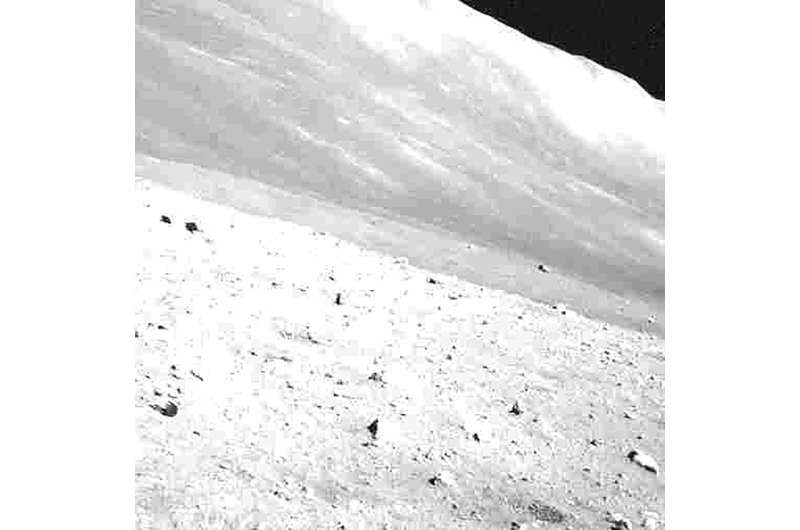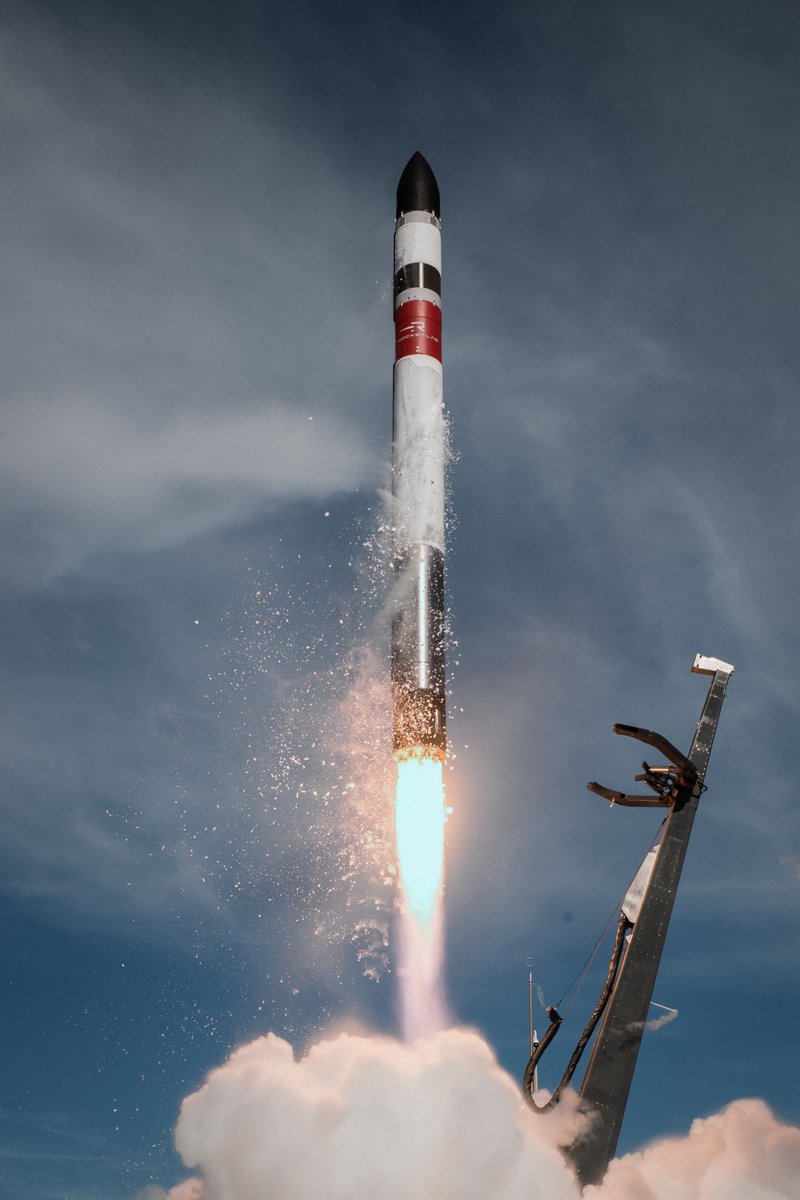Space travel and exploration was never going to be easy. Failures are sadly all too common but it’s wonderful to see missions exceed expectations. The Japanese Space Agency’s SLIM lunar lander was only supposed to survive a single day but it’s survived three brutal, harsh lunar nights and is still going. The temperatures plummet to -170C at night and the lander was never designed to operate into the night. Even sat upside down on the surface it’s still sending back pictures and data.
Continue reading “Japan’s Lunar Lander Survives its Third Lunar Night”Black Holes Can Halt Star Formation in Massive Galaxies

It’s difficult to actually visualise a universe that is changing. Things tend to happen at snails pace albeit with the odd exception. Take the formation of galaxies growing in the early universe. Their immense gravitational field would suck in dust and gas from the local vicinity creating vast collections of stars. In the very centre of these young galaxies, supermassive blackholes would reside turning the galaxy into powerful quasars. A recent survey by the James Webb Space Telescope (JWST) reveals that black holes can create a powerful solar wind that can remove gas from galaxies faster than they can form into stars, shutting off the creation of new stars.
Continue reading “Black Holes Can Halt Star Formation in Massive Galaxies”Mapping the Milky Way’s Magnetic Field in 3D
We are all very familiar with the concept of the Earth’s magnetic field. It turns out that most objects in space have magnetic fields but it’s quite tricky to measure them. Astronomers have developed an ingenious way to measure the magnetic field of the Milky Way using polarised light from interstellar dust grains that align themselves to the magnetic field lines. A new survey has begun this mapping process and has mapped an area that covers the equivalent of 15 times the full Moon.
Continue reading “Mapping the Milky Way’s Magnetic Field in 3D”NASA’s New Solar Sail Has Launched and Will Soon Deploy
Solar Sails are an enigmatic and majestic way to travel across the gulf of space. Drawing an analogy to the sail ships of the past, they are one of the most efficient ways of propelling craft in space. On Tuesday a RocketLab Electron rocket launched NASA’s new Advanced Composite Solar Sail System. It aims to test the deployment of large solar sails in low-earth orbit and on Wednesday, NASA confirmed everything is looking good for sail deployment
Continue reading “NASA’s New Solar Sail Has Launched and Will Soon Deploy”Here’s Why We Should Put a Gravitational Wave Observatory on the Moon

Scientists detected the first long-predicted gravitational wave in 2015, and since then, researchers have been hungering for better detectors. But the Earth is warm and seismically noisy, and that will always limit the effectiveness of Earth-based detectors.
Continue reading “Here’s Why We Should Put a Gravitational Wave Observatory on the Moon”TESS Finds its First Rogue Planet
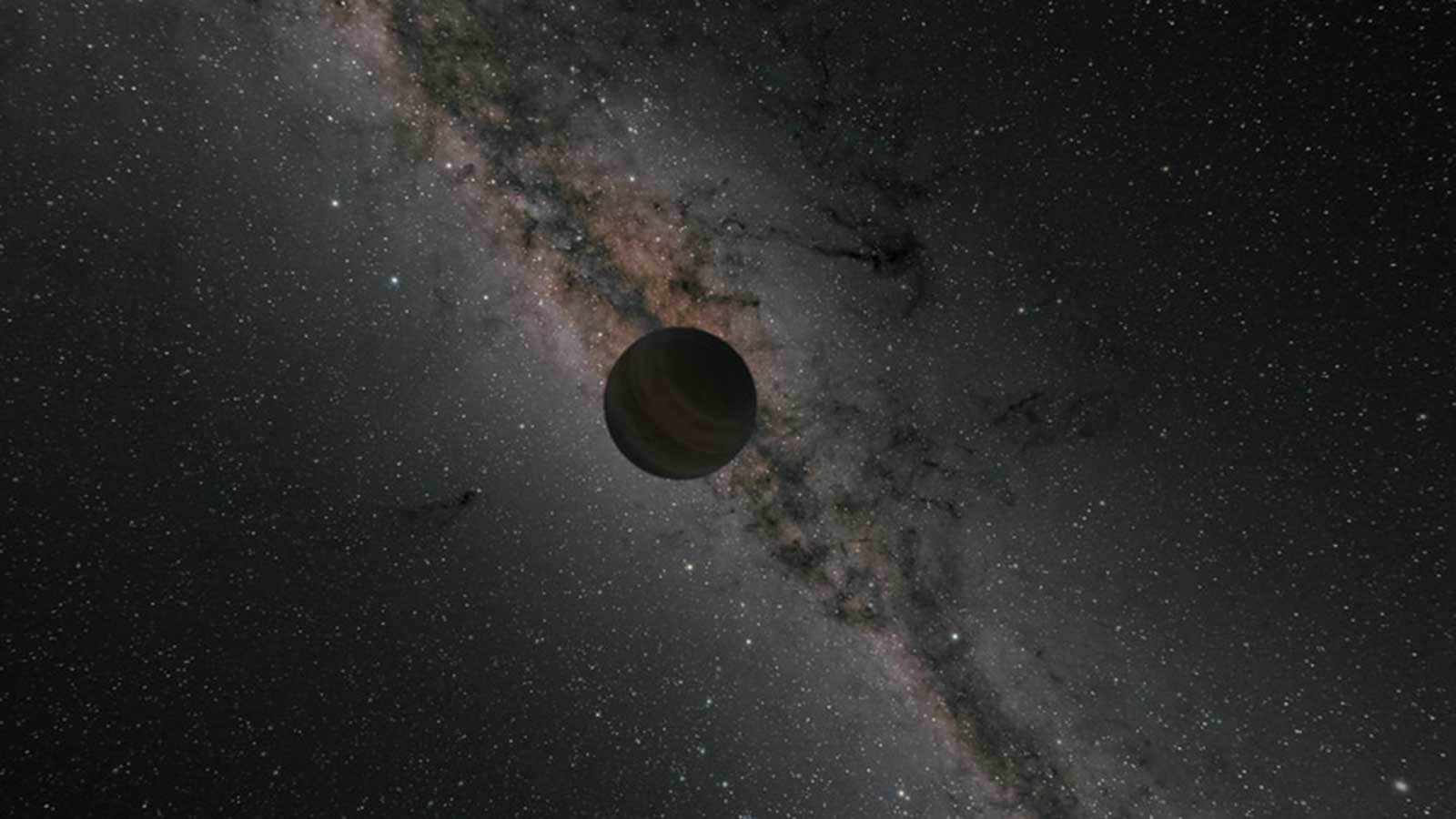
Well over 5,000 planets have been found orbiting other star systems. One of the satellites hunting for them is TESS, the Transiting Exoplanet Survey Satellite. Astronomers using TESS think they are made a rather surprising discovery; their first free-floating – or rogue – planet. The planet was discovered using gravitational microlensing where the planet passed in front of a star, distorting its light and revealing its presence.
Continue reading “TESS Finds its First Rogue Planet”There are Four Ways to Build with Regolith on the Moon
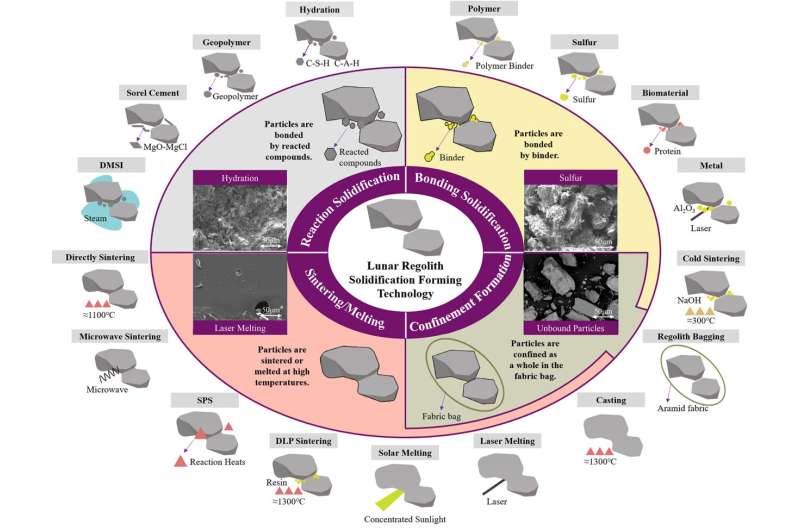
Over the last few years I have been renovating my home. Building on Earth seems to be a fairly well understood process, after all we have many different materials to chose from. But what about future lunar explorers. As we head closer toward a permanent lunar base, astronauts will have very limited cargo carrying capability so will have to use local materials. On the Moon, that means relying upon the dusty lunar regolith that covers the surface. Researchers have now developed 20 different methods for creating building materials out of the stuff. They include solidification, sintering/melting, bonding solidification and confinement formation. But of all these, which is the best?
Continue reading “There are Four Ways to Build with Regolith on the Moon”Purple Bacteria — Not Green Plants — Might Be the Strongest Indication of Life

Astrobiologists continue to work towards determining which biosignatures might be best to look for when searching for life on other worlds. The most common idea has been to search for evidence of plants that use the green pigment chlorophyll, like we have on Earth. However, a new paper suggests that bacteria with purple pigments could flourish under a broader range of environments than their green cousins. That means current and next-generation telescopes should be looking for the emissions of purple lifeforms.
“Purple bacteria can thrive under a wide range of conditions, making it one of the primary contenders for life that could dominate a variety of worlds,” said Lígia Fonseca Coelho, a postdoctoral associate at the Carl Sagan Institute (CSI) and first author of “Purple is the New Green: Biopigments and Spectra of Earth-like Purple Worlds,” published in the Monthly Notices of the Royal Astronomical Society: Letters.
Continue reading “Purple Bacteria — Not Green Plants — Might Be the Strongest Indication of Life”See the Southern Ring Nebula in 3D

Planetary nebula are some of nature’s most stunning visual displays. The name is confusing since they’re the remains of stars, not planets. But that doesn’t detract from their status as objects of captivating beauty and intense scientific study.
Continue reading “See the Southern Ring Nebula in 3D”Hubble Has Accidentally Discovered Over a Thousand Asteroids
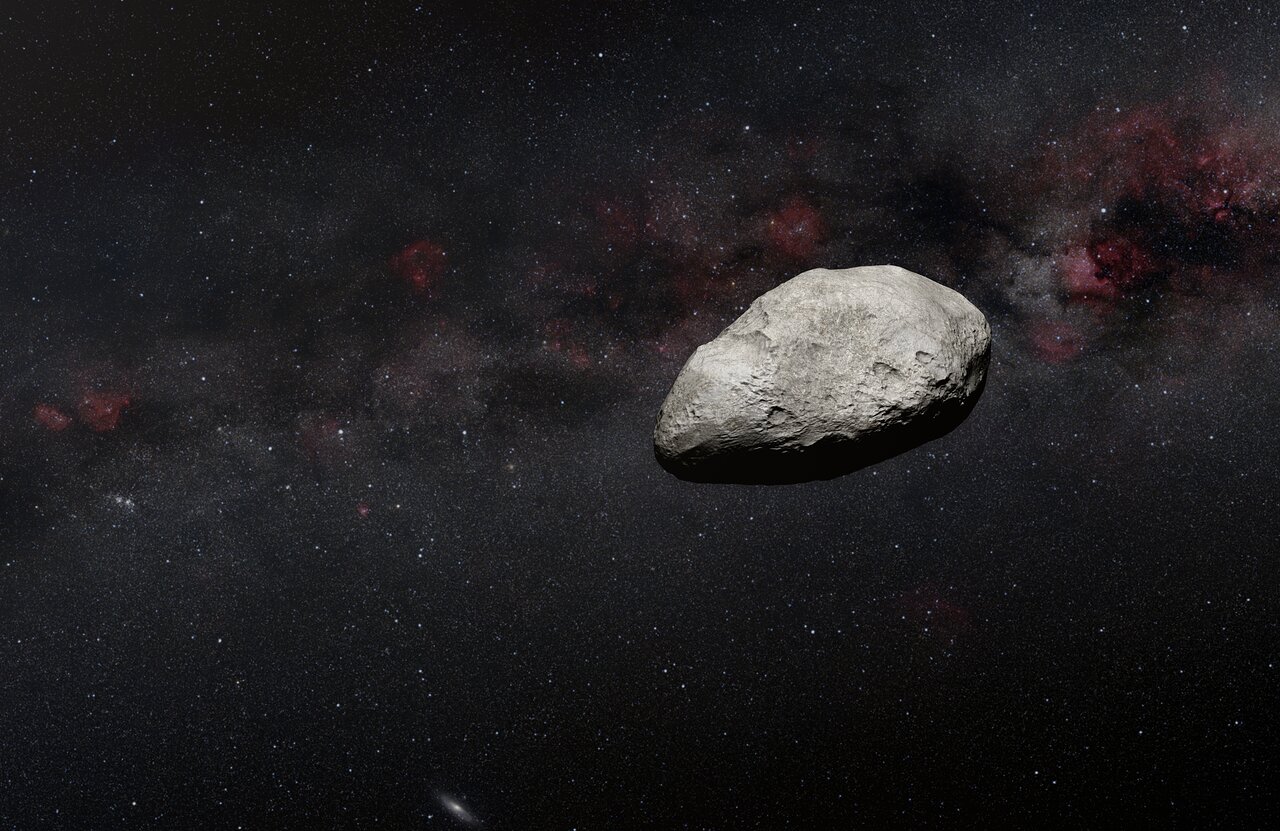
The venerable Hubble Space Telescope is like a gift that keeps on giving. Not only is it still making astronomical discoveries after more than thirty years in operation. It is also making discoveries by accident! Thanks to an international team of citizen scientists, with the help of astronomers from the European Space Agency (ESA) and some machine learning algorithms, a new sample of over one thousand asteroids has been identified in Hubble‘s archival data. The methods used represent a new approach for finding objects in decades-old data that could be applied to other datasets as well.
Continue reading “Hubble Has Accidentally Discovered Over a Thousand Asteroids”
